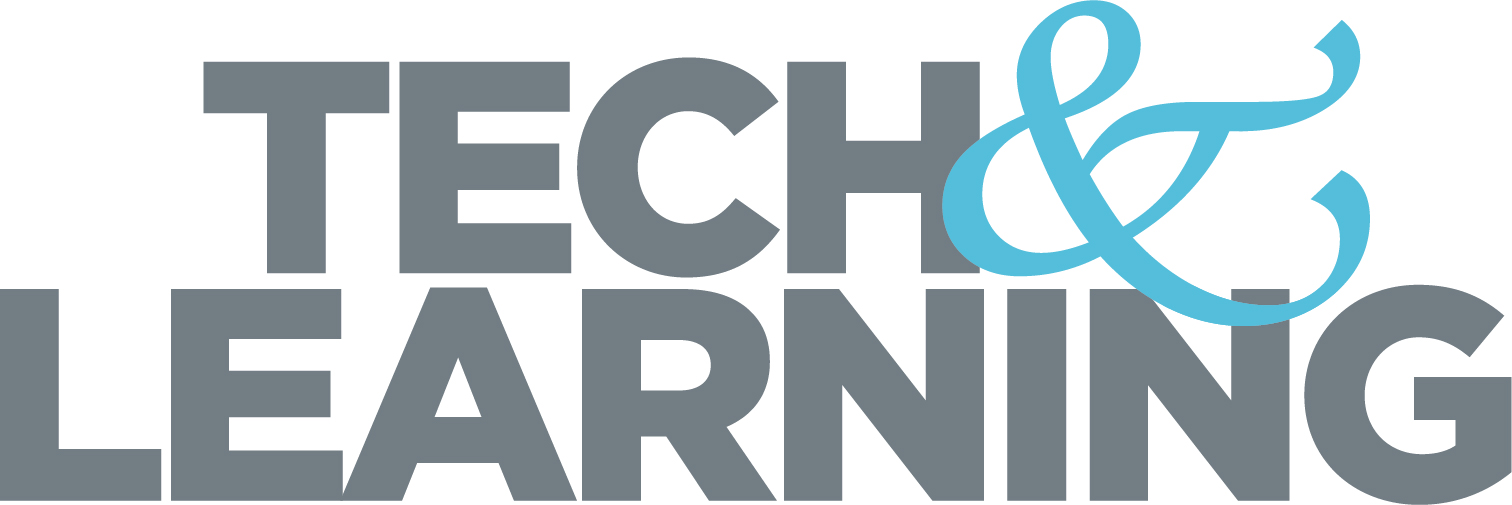Study: Writing by Hand Leads To Better Brain Connectivity
Students writing by hand have more active brains than when they typing, researchers recently found.

Write this down: Writing by hand may be more beneficial to brain development and learning than typing.
This is according to a new study that builds on past research suggesting a greater cognitive benefit for handwriting vs. typing, and provides more evidence to support a growing movement to require the teaching of handwriting in many states. For the study, EEG data for 36 university students was recorded as they were asked to write down words they were shown on a laptop.
“Only when students were writing given words by hand with a digital pen on a touchscreen, did we find widespread brain connectivity in large parts of the brain,” says Audrey van der Meer, study co-author and rain researcher and Professor of Neuropsychology at the Norwegian University of Science and Technology (NTNU) in Trondheim, Norway. “When they typed on a keyboard, on the other hand, the brain was much less active, and as a result, there was no need for the brain to communicate between its active parts, resulting in little to no neural connections.”
Writing By Hand vs. Typing: What Previous Research Says
In a 2020 study, van der Meer and her colleagues found evidence that students were more primed for learning when they wrote by hand by examining and comparing brain scans of participants when they wrote vs. typed. The use of pen and paper gives the brain more “hooks” to hang memories on van der Meer told Tech & Learning after that study was published. The new study builds on that research and adds to the evidence supporting the benefits of student handwriting.
In addition to these studies looking at brain scans, there is also more direct evidence of a difference between writing by hand and typing. For a 2014 study, researchers asked students to watch TED talks, in which half of them took handwritten notes and the other half took notes on a PC with a keyboard. “Students had similar scores on the exam on factual questions, but students who took notes by hand performed significantly better than those who typed on conceptual, inferential, and implication questions,” van der Meer says of the research, with which she was not involved.
However, as with many other topics in education, the question isn't fully settled. Research published in 2019 attempted to duplicate the findings of the 2014 study and didn't find significant differences between keyboard and handwritten notetakers.
Policy Implications
In 2010, the Common Core State Standards de-emphasized cursive writing instruction in the U.S. and handwriting education waned in the following years. By 2016, just 14 states required schools to teach cursive writing, however, that number has creeped back up ever since. Now more than 20 states require some form of cursive instruction by law. California became the most recent state to pass such a law this fall.
Tech & Learning Newsletter
Tools and ideas to transform education. Sign up below.
Some see these efforts as a backlash against technology in schools while some of the rationale behind the movement to require cursive has been puzzling. California Assemblywoman Sharon Quirk-Silva, who led the passage of California’s recent cursive law, argued this type of education was necessary so students could read historic documents written in cursive. But is lack of cursive knowledge really the main thing keeping students from conducting primary source historical research? And AI tools already exist that can read cursive for students.
Even so, there is a solid scientific rationale for these policies, van der Meer says. Twenty U.S. states have used her and her colleagues' 2020 paper to justify the decision to reinstate handwriting education requirements.
Pro-Handwriting Isn't Anti-Technology
Van der Meer does not like how research into the benefits of handwriting is labeled as anti-technology.
“We are often misinterpreted and accused of wanting to go back to the stone age. But it is obvious that we live in a digital world that is here to stay,” she says. “Our findings show that handwriting is excellent brain stimulation, especially for the young developing brain, because the precise forming of the letters requires fine motor control and sensory support. Therefore, more of the brain is active and the brain is in need of communicating between its active parts by forming neural connections between them."
That's why she recommends all students receive some level of handwritten instruction. But she maintains this does not have to come at the cost of education in technology.
Beyond the brain connectivity benefit of handwriting, van der Meer believes cursive has other benefits. “We see handwriting as part of our cultural heritage and feel it would be a shame if the next generation cannot write a poem or love letter by hand, or a grocery list at the very least,” she says.
Erik Ofgang is a Tech & Learning contributor. A journalist, author and educator, his work has appeared in The New York Times, the Washington Post, the Smithsonian, The Atlantic, and Associated Press. He currently teaches at Western Connecticut State University’s MFA program. While a staff writer at Connecticut Magazine he won a Society of Professional Journalism Award for his education reporting. He is interested in how humans learn and how technology can make that more effective.










